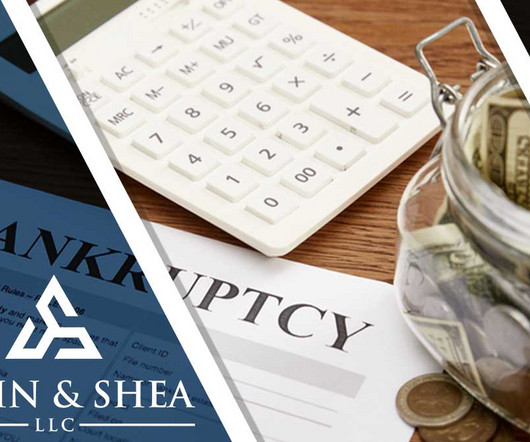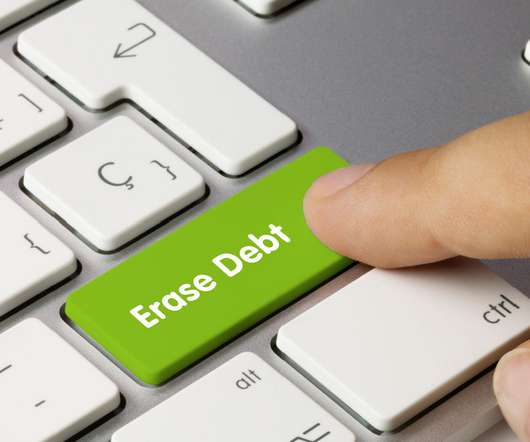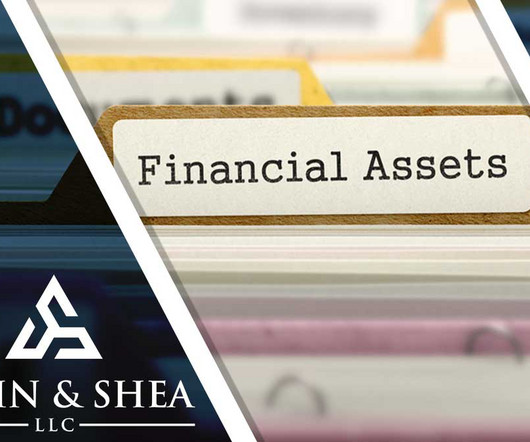Chapter 13 Bankruptcy Hardship Discharge: Am I Eligible?
Sawin & Shea
JANUARY 4, 2024
Chapter 13 bankruptcy involves entering into a reorganization plan to protect assets, catch up on arrears on houses or cars, and force unsecured creditors to take reduced amounts based on what the bankruptcy law requires that you pay them. Over three to five years, you resolve your debts and get a fresh financial start.










Let's personalize your content